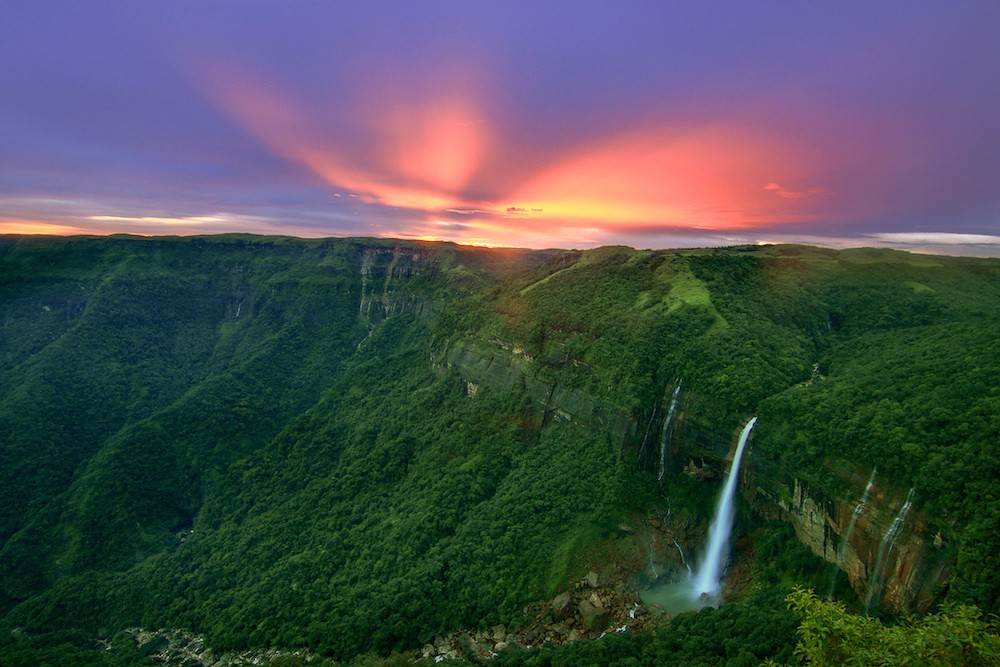
Immerse yourself in a world of ancient traditions, breathtaking landscapes and vibrant culture, where every corner hides unique stories and undiscovered beauties. It's a place where past and present intertwine to create an atmosphere full of magic and inspiration
Read more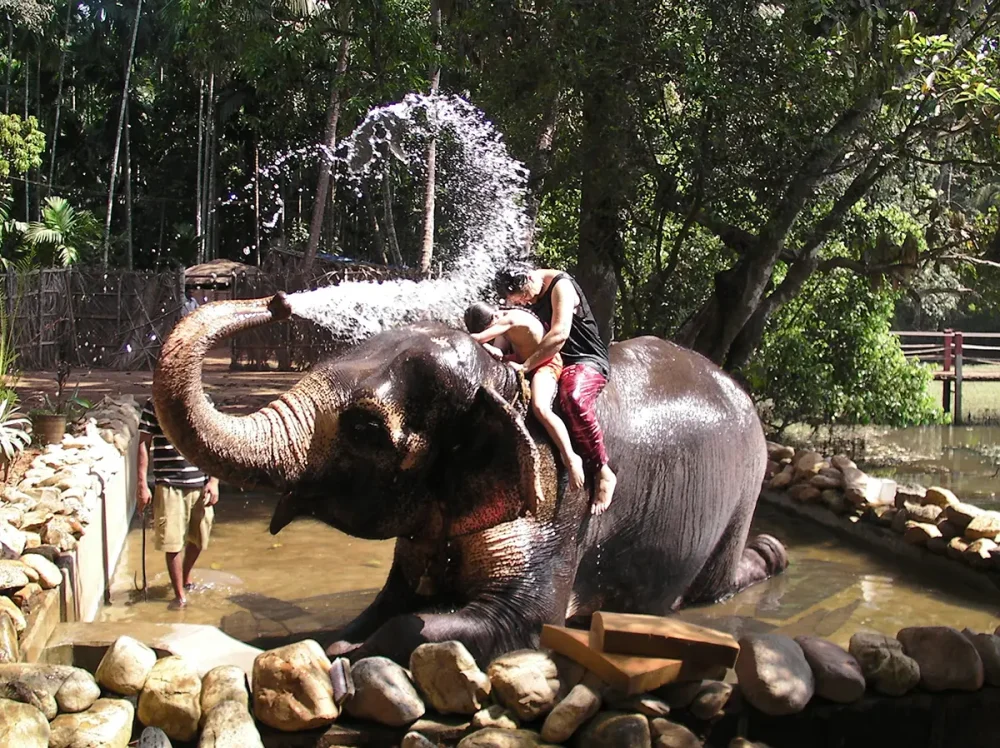
The Indian state is not just a beach paradise with golden sands and endless coconut groves. It is a region with a rich historical past, amazing natural landscapes and authentic traditions. Discovering the best Goa excursions is a special blend of Portuguese heritage, Hindu culture and tropical exoticism. The excursion itineraries here are very diverse. …
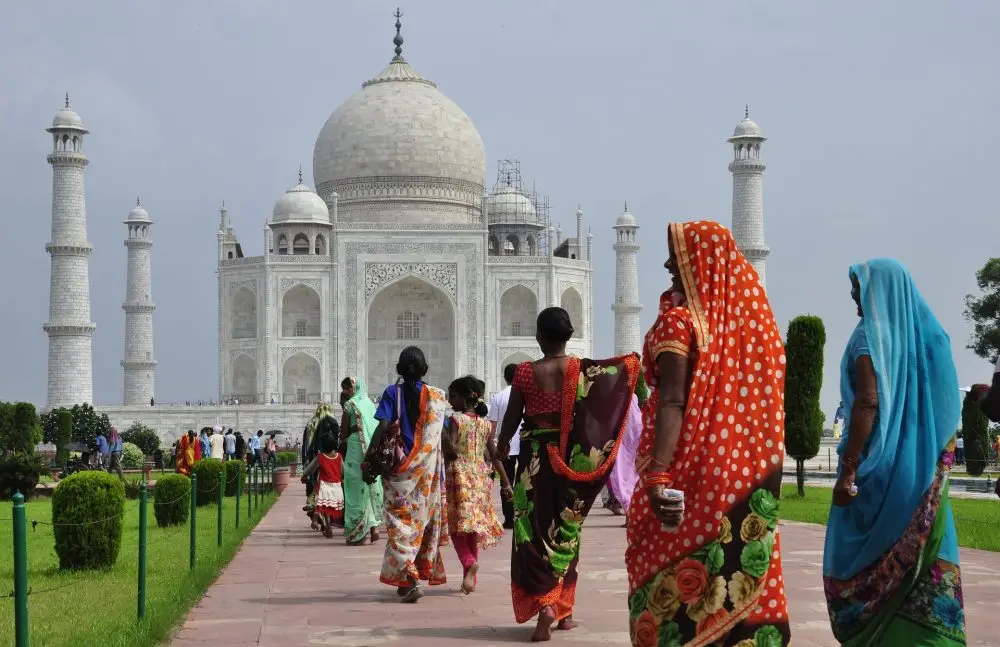
The land of Hindus remains one of the most colourful in the world. The location attracts tourists with its versatility, ancient history and vibrant culture. Along with its popularity, many people still perceive India through the prism of stereotypes that often do not correspond to reality. Let’s take a detailed look at the real features …
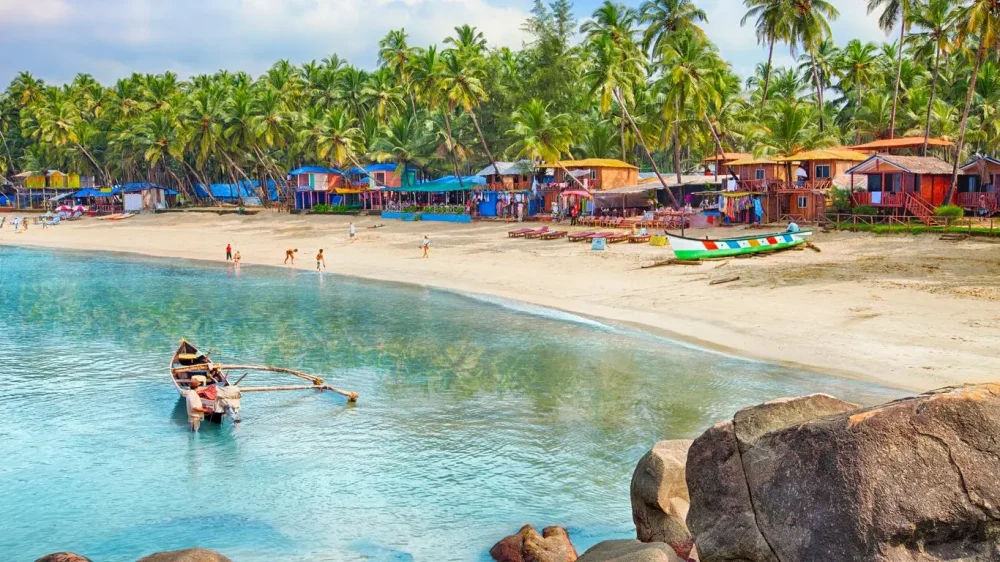
Travelling to the district reveals to tourists a completely different face of India – tranquil, peaceful and immersed in nature. It hides pristine beaches, ancient temples, ayurvedic centres and protected corners where time seems to slow down. Holidays in South Goa are the choice of those who are looking for something interesting and unusual to …
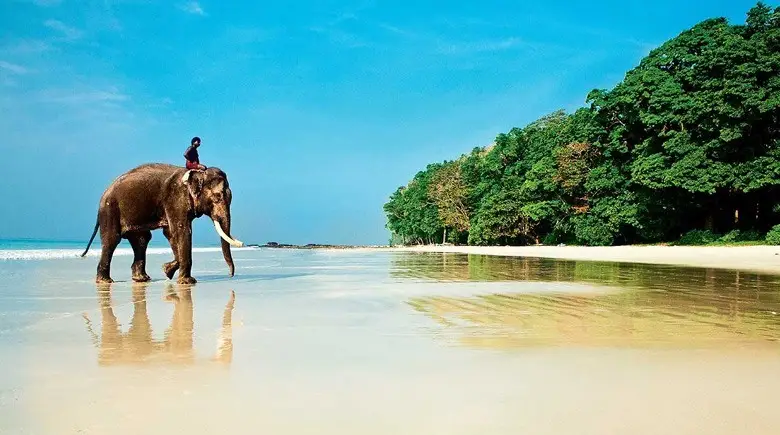
India’s tourist geography encompasses coastal zones, mountain ranges, cultural valleys, desert oases and forest plateaus. India’s resorts are not limited to beaches alone. They form a mosaic picture where each region reveals its own climate, rhythm and holiday rituals. Ayurvedic practices, ocean walks, meditation retreats and trekking routes in the Himalayas are equally in demand …
A unique blend of many cultures, religions and traditions
India surprises with its variety of natural landscapes
Travelling in India, one can visit majestic palaces
Indian cuisine is truly a gourmet's paradise
Amazing adventures, unique culture, ancient temples and breathtaking landscapes that will leave you with vivid memories. Travelling through this amazing country will fill you with new sensations and allow you to truly feel the spirit of Asia, where every corner hides something special and unique
